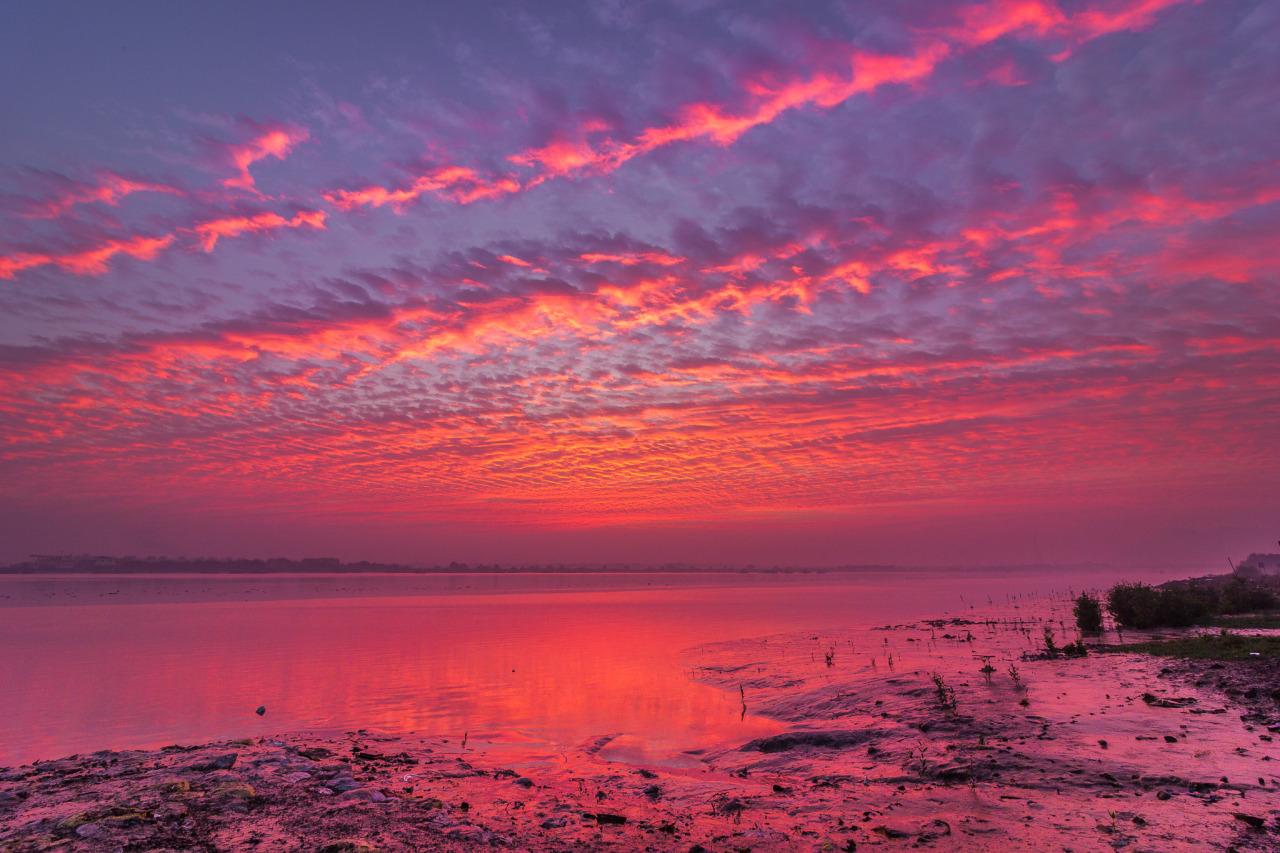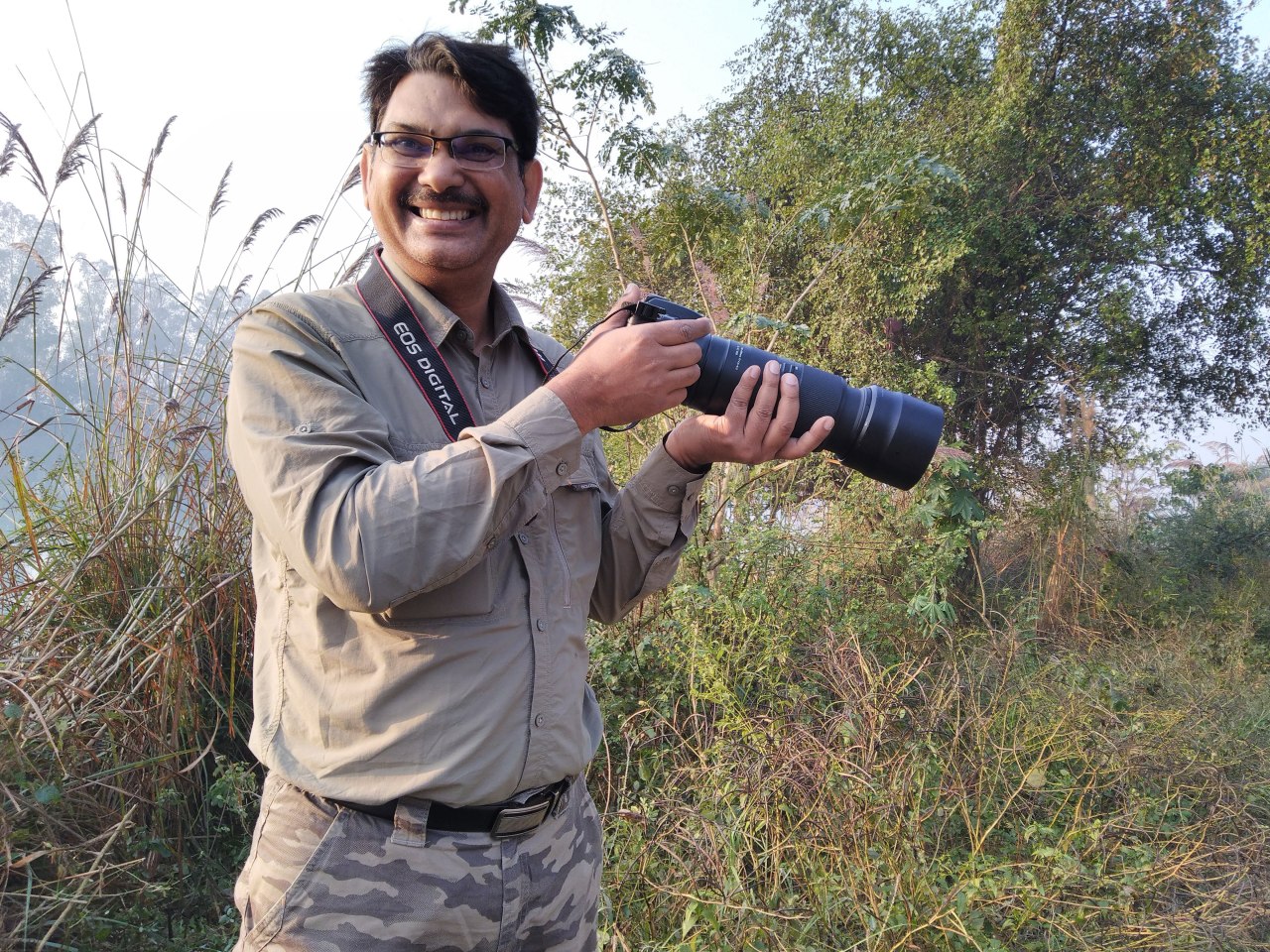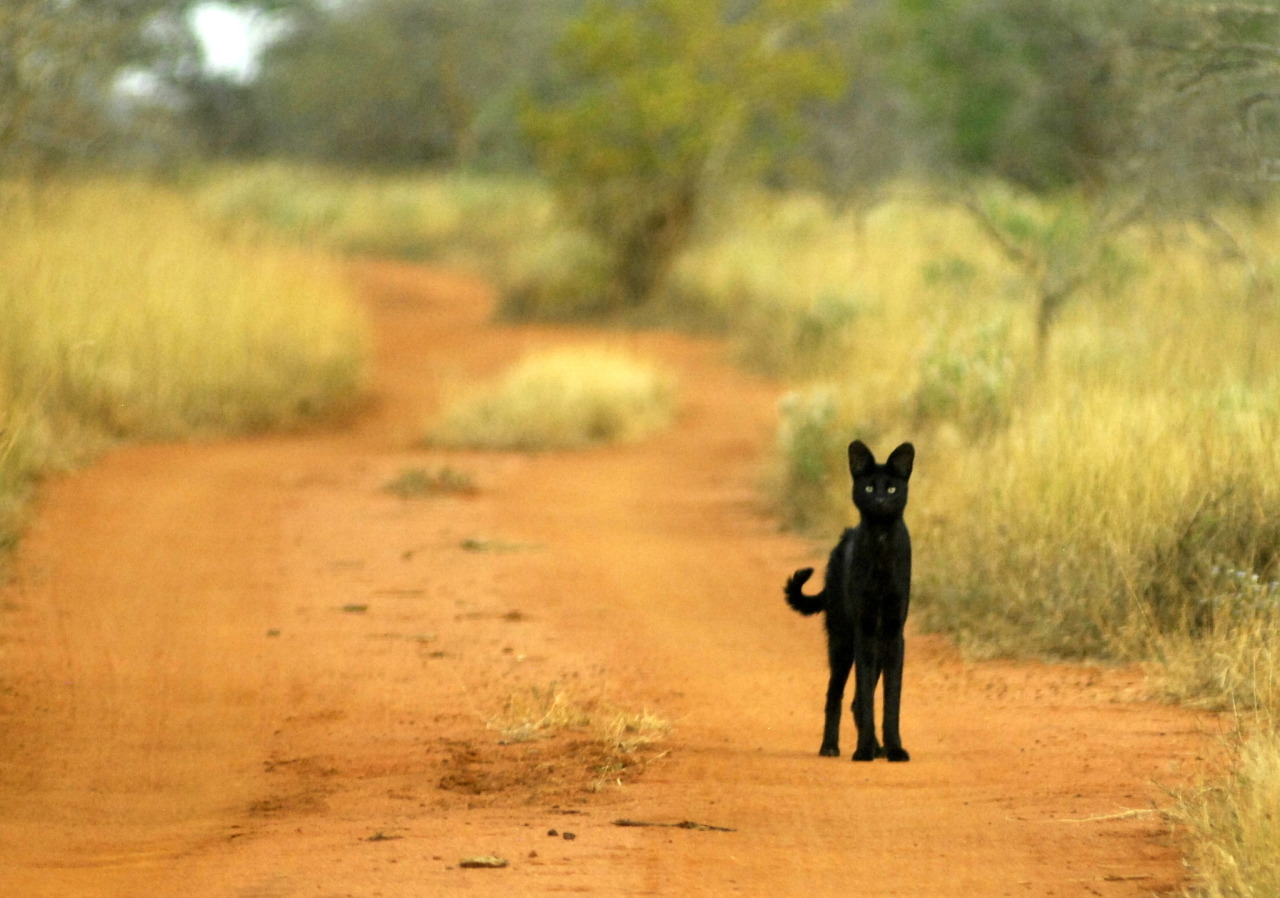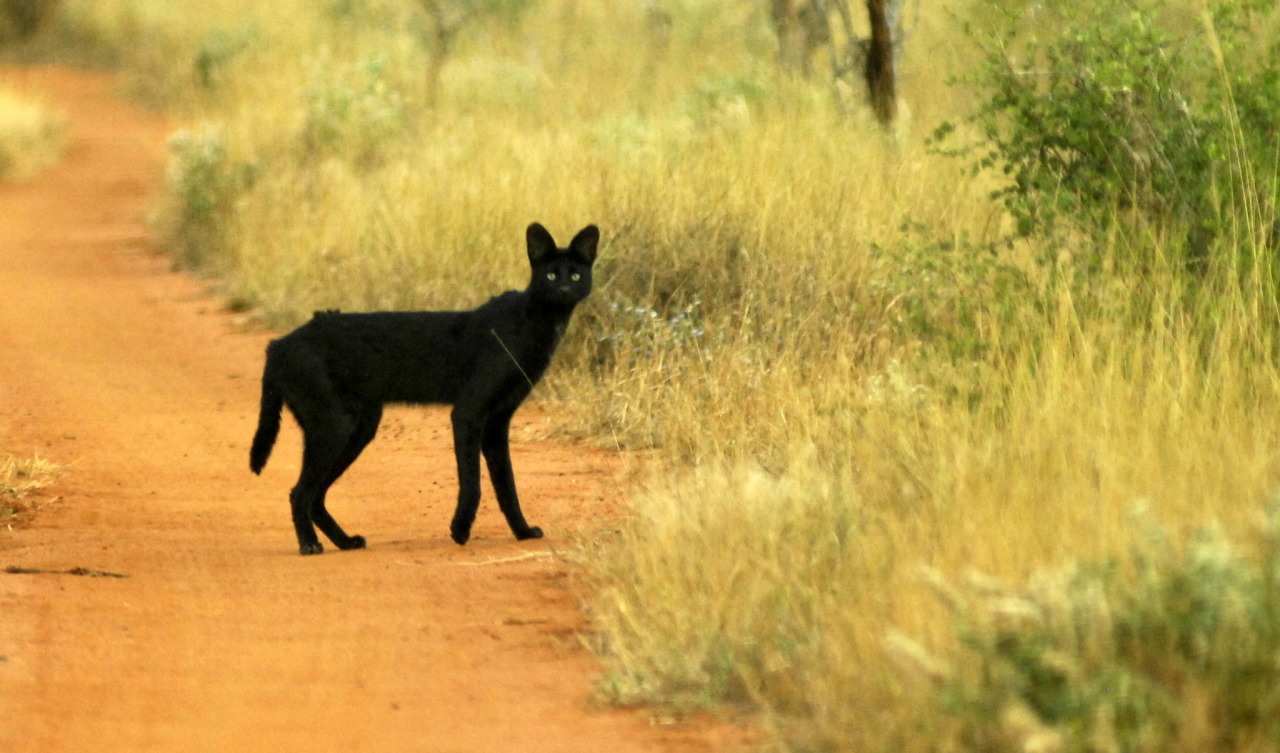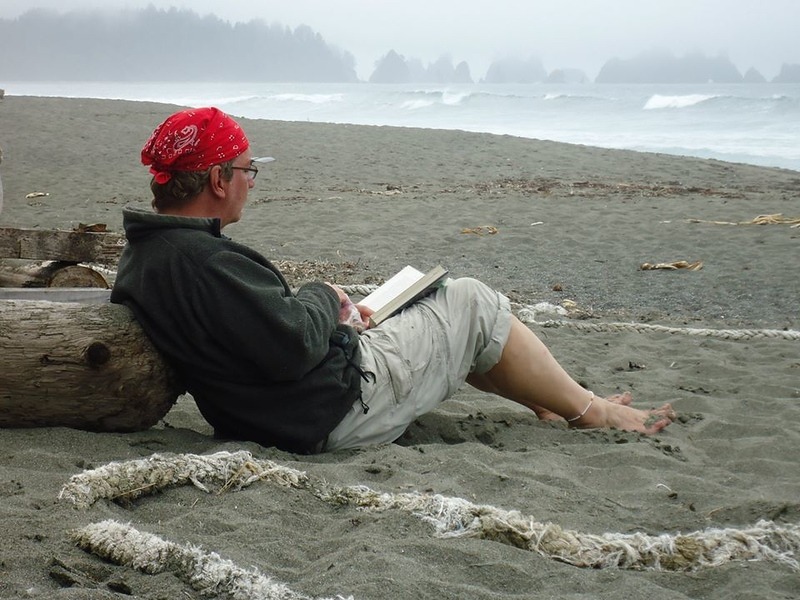A Colorful Oyster in Fiji - Observation of the Week, 11/2/18

Our Observation of the Week is this Thorny Oyster, seen in Fiji by @desertnaturalist!
Always fascinated by nature - “high school science projects involving insect collections and frog dissections cemented that interest” - Joe Thompson eventually ended forging a career in medicine but says
my twin hobbies of scuba diving and birdwatching spurred me to travel extensively to over 100 countries. While I have always been interested in nature photography, it was always frustrating to not have the ability to ID and catalog sightings. But now, with the advent of web-based programs like iNaturalist for aid in identification, I've been stimulated to broaden my photographic interests to other aspects of my travel like botany.
As you might expect, Joe has travel experience in the South Pacific and says “we were fortunate to spend 9 days recently on the island of Qamea in Fiji, where we did 10 dives and enjoyed quite a variety of marine life, especially the invertebrates. The people on Qamea were absolutely the friendliest people imaginable!”
And while diving there one of the invertebrates Joe encountered was the colorful thorny oyster pictured above. The thorny oysters, of the genus Spondylus, are actually not true oysters at all, but along with scallops are members of the superfamily Pectinoidea. Their common name comes from their incredible shells, which are often adorned with spiny growths - helpful for defense. Joe’s photo shows the colorful interior mantle of this species (S. varius), and if you look closely you can see its tiny eyes just inside the edges of the shell, reflecting the camera flash and almost sparkling. This is the largest Spondylus species, reaching about 20 cm in size.

I asked Joe (above, at the Eaglenest Wildlife Sanctuary in Arunachal Pradesh, India this past April) for any tips he’d like to share about traveling to see wildlife, and he told me “One key to travel, I think, is to just enjoy different cultures and focus on all of the interesting differences there are between the various areas of our planet…
Secondly, and most importantly, I think that by far the best way to travel is to get into contact with local travel agencies and nature guides that live in the country you want to visit. Some of them often guide part-time for large international companies but are available for local guiding as well. By booking trips with local companies, not only do the profits go directly back into the local economy, but you often get to have a much meaningful cultural experience as part of your travel.
Joe has a diving trip planned for Raja Ampat, Indonesia, and “upcoming birdwatching trips include Guyana, Colombia, and Sri Lanka, but there will be a lot of focus on butterflies and dragonflies on those trips as well! I'm sure that iNaturalist will help me with my identifications.”
- by Tony Iwane
- Those are a whole lot of green areas on Joe’s travel list, so why did he choose desertnaturalist as his iNat handle? Well, when he’s not traveling, Joe resides in the deserts of southern California and enjoys observing the wildlife and flowers in the spring, but says “I'm quite happy to leave the desert during our hot summers and go scuba diving, though!”
- Spondylus were used in various ways by many native cultures throughout the Americas and the Mediterranean, according to this article.
- Check out this Thorny Oyster, which also look to have a cool purple tunicate (among other lifeforms) on its shell.




